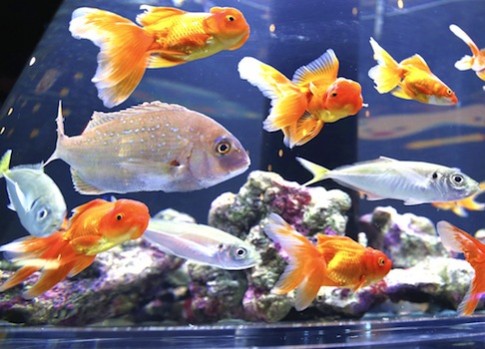The Fish and Wildlife Service (FWS) will spend $175,000 for a study on the "swimming abilities" of fish in the Northern Rockies, the agency announced on Thursday.
The FWS, a bureau within the Department of the Interior, will award a grant for the study that will produce a "fish swimming video."
The grant announcement, entitled "Cooperative Research Program on the Swimming Abilities of Native Stream Fishes in the Northern Rockies-Upper Great Plains Regions of Montana," estimated the project’s cost at $175,000.
Montana State University’s (MSU) Department of Ecology will administer the study in conjunction with the FWS Bozeman Fish Technology Center in Montana.
The FWS already is conducting "cutting-edge fish passage research" at the Bozeman center by observing two fish species, the sauger and the longnose dace, swim.
"The goal of the swimming capability research is to improve fish passage and landscape connectivity for native and sensitive species," said David Dockery, an MSU graduate student who worked on the previous FWS project.
Among the tasks for the latest study are conducting "fish-swimming experiments," and "analysis of fish swimming video."
MSU will also provide "scientific expertise" and "staff time for conducting the fish-swimming experiments and any necessary laboratory analyses." The results will be published in scientific peer-reviewed journals.
The FWS praised a report issued by the Plains and Prairie Potholes Landscape Conservation Cooperative (LCC) last year, which said fish swimming studies are necessary due to "climate change."
Plains and Prairie Potholes LCC facilitated a study of "large river and small stream prairie fish to determine the potential impacts of changing water flow due to climate change in addition to the impacts of fish barriers associated with energy development."
"The results of this study may be used to identify populations and habitats most at risk to climate change impacts and land-use stressors, and develop conservation delivery options in response to science informed predictions and realities," the group said.
